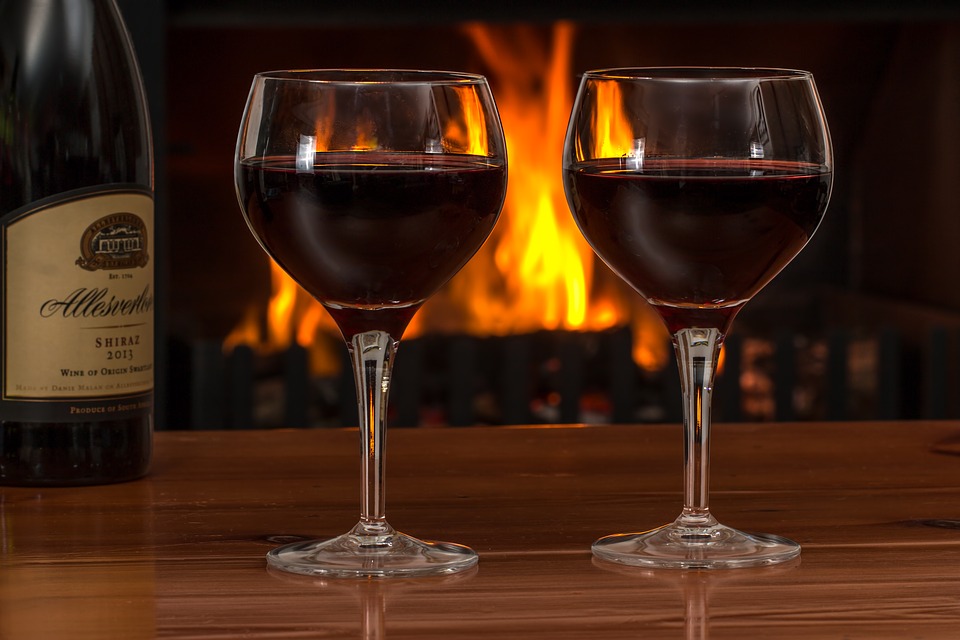Self-serve alcoholic beverage dispensing technology is attracting people, but it is challenging brand loyalty
Self-serving beverage dispensing technology is getting the market momentum, which is making easier for consumer to explore new drinks. Many major brands may need to adapt this technology to ensure consumer loyalty, says the analytics company.
Latest reports states that the new on-premise concept has the potential to interrupt the bar and restaurant industry by enabling consumers to dispense their own alcoholic beverages from taps. The technology, which tracks consumer behavior and encourages sampling, presents both opportunities and challenges to alcohol manufacturers.
As alcoholic beverages are age-restricted in most markets, service staff must provide drinks in bars, restaurants and other establishments. This results in long wait times and poor service at peak hours, which can lead to lost sales. Some pub operators, like Wetherspoon in the UK, have introduced apps that allow consumers to order from their seats and avoid lines, but this still requires involvement from wait staff.
Self-serve alcoholic beverage technology frees the consumer from having to wait for beverage service in a crowded condition. Once an establishment validates a consumer is of legal drinking age and is not over-served, it provides the consumer with a radio-frequency identification (RFID) card or bracelet to enable self-service of alcoholic beverages. The RFID system can link to a credit card for payment.”
Much of the demand of self-serve alcoholic beverage dispensing technology is linked to three major benefits– reduced waste, improved consumer choice and lower labor costs (as bars and restaurants can reduce staff since consumers would be serving themselves to some degree). This technology encourages sampling while tracking consumer behavior at a granular level. Unlike with bottled products, a consumer does not have to commit to or purchase an entire bottle to try a new beverage.”
During a recent survey found that consumers globally are much more likely to try new or different varieties of wine, ale and craft beer than other types of alcoholic beverages, including spirits and cocktails. People between the legal drinking age and 24 are over twice more likely to often try different ales/craft beers than consumers aged 65-plus, but these age differences do not exist for wine.
Bars and restaurants have been the primary targets for self-serve alcoholic beverage technology, but new installations in supermarkets, hotels and other hospitality venues like cruise ships indicate that the concept may have broader application than first thought. Major brands may have to find new ways to boost consumers to be brand-loyal in a climate that encourages selection.
